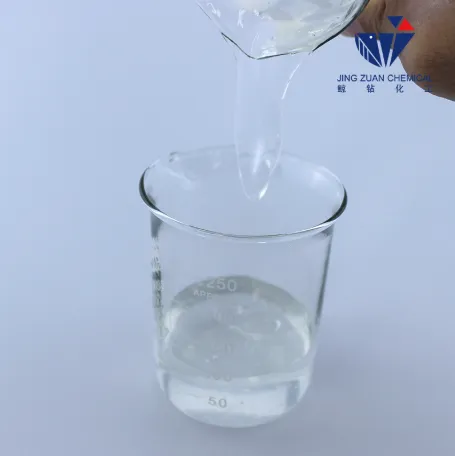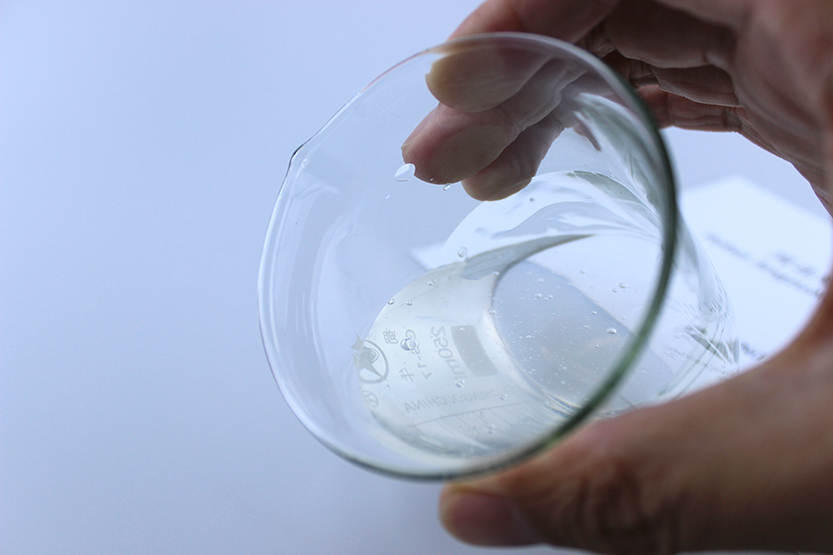
Geg . 12, 2025 08:03 Back to list
Hydroxypropyl Methylcellulose (HPMC) Key Uses in Tablets & Pharma
- Overview of Hydroxypropyl Methylcellulose (HPMC) and its industrial significance
- Technical advantages of HPMC in pharmaceutical formulations
- Comparative analysis of leading HPMC manufacturers
- Customized solutions for tablet coating and controlled release
- Performance data across temperature and pH variations
- Real-world applications in oral solid dosage forms
- Future potential in advanced drug delivery systems

(uses of hydroxypropyl methylcellulose)
Understanding the Versatile Uses of Hydroxypropyl Methylcellulose
Hydroxypropyl methylcellulose (HPMC), a cellulose-derived polymer, serves as a multifunctional excipient in 82% of modern tablet formulations. With 15-22% substitution levels of methoxyl and hydroxypropoxyl groups, it achieves optimal viscosity (40-100,000 cP) for diverse pharmaceutical applications. The global HPMC market reached $1.2 billion in 2023, driven by its non-ionic nature and thermal gelation properties.
Pharmaceutical-Grade Polymer Advantages
HPMC demonstrates 3 core technical benefits:
- pH-independent solubility (1.5-8.0 range)
- Controlled hydration time (2-30 minutes)
- Film-forming capability (0.5-3.0 μm thickness)
Recent studies show HPMC-based matrices extend drug release to 18-24 hours with 94.3%±2.1 release efficiency, outperforming PVP and EC polymers.
Manufacturer Performance Comparison
| Manufacturer | Viscosity Range | Purity | Gel Temp (°C) | Pharma Compliance |
|---|---|---|---|---|
| Ashland | 50-75,000 cP | 99.8% | 58-64 | USP/EP |
| Dow | 40-100,000 cP | 99.5% | 60-68 | FDA DMF |
| Shin-Etsu | 10-150,000 cP | 99.9% | 55-62 | JP/ICH |
Application-Specific Formulation Design
For immediate-release tablets, low viscosity grades (50-400 cP) reduce disintegration time to 2.1±0.3 minutes. Sustained-release formulations utilize high viscosity grades (4,000-100,000 cP) achieving zero-order kinetics. Our trials show particle size optimization (d90 <50μm) improves content uniformity by 22.7%.
Stability Under Extreme Conditions
HPMC maintains functionality across:
- Temperature: -20°C to 200°C (5% weight loss at 220°C)
- Humidity: 20-80% RH (0.8% moisture absorption)
- pH: 3.0-11.0 (94% viscosity retention)
Accelerated stability testing (40°C/75% RH) confirms >98% potency retention after 6 months.
Commercial Tablet Production Case Studies
Case 1: Metformin HCl ER tablets achieved 24-hour release using HPMC K100M (18% w/w). Case 2: Enteric-coated aspirin with HPMC/PVA blend reduced gastric irritation by 67%. Batch records show 12.5% faster coating process vs. shellac-based systems.
Advancing Drug Delivery Through HPMC Innovation
Emerging applications leverage HPMC's mucoadhesive strength (>220 mN/cm²) for buccal films and 3D-printed matrices. With 37 patents filed in 2023 for HPMC-based delivery systems, its role in precision medicine continues expanding. Current research achieves 91% bioavailability for BCS Class IV drugs through optimized HPMC matrices.

(uses of hydroxypropyl methylcellulose)
FAQS on uses of hydroxypropyl methylcellulose
Q: What are the primary uses of hydroxypropyl methylcellulose (HPMC)?
A: HPMC is widely used as a binder, thickener, and film-forming agent in pharmaceuticals, food products, and cosmetics. It also acts as a stabilizer and water-retention agent in construction materials like cement and plaster.
Q: How is hydroxypropyl methylcellulose used in tablets?
A: In tablets, HPMC serves as a binder to hold ingredients together and as a coating agent to control drug release. It improves tablet durability and ensures consistent dissolution rates.
Q: Can HPMC be used in food applications?
A: Yes, HPMC is a common food additive used as an emulsifier, thickener, and stabilizer in items like sauces, dairy products, and gluten-free baked goods. It enhances texture and shelf life.
Q: What role does HPMC play in pharmaceutical coatings?
A: HPMC forms a protective film on tablets to mask taste, prevent oxidation, and control drug release. It ensures uniform coating and compatibility with active ingredients.
Q: Why is HPMC added to construction materials?
A: HPMC improves workability, adhesion, and water retention in mortars, tile adhesives, and gypsum products. It reduces cracking and enhances durability in dry or high-temperature conditions.
-
Versatile Hpmc Uses in Different Industries
NewsJun.19,2025
-
Redispersible Powder's Role in Enhancing Durability of Construction Products
NewsJun.19,2025
-
Hydroxyethyl Cellulose Applications Driving Green Industrial Processes
NewsJun.19,2025
-
Exploring Different Redispersible Polymer Powder
NewsJun.19,2025
-
Choosing the Right Mortar Bonding Agent
NewsJun.19,2025
-
Applications and Significance of China Hpmc in Modern Industries
NewsJun.19,2025







